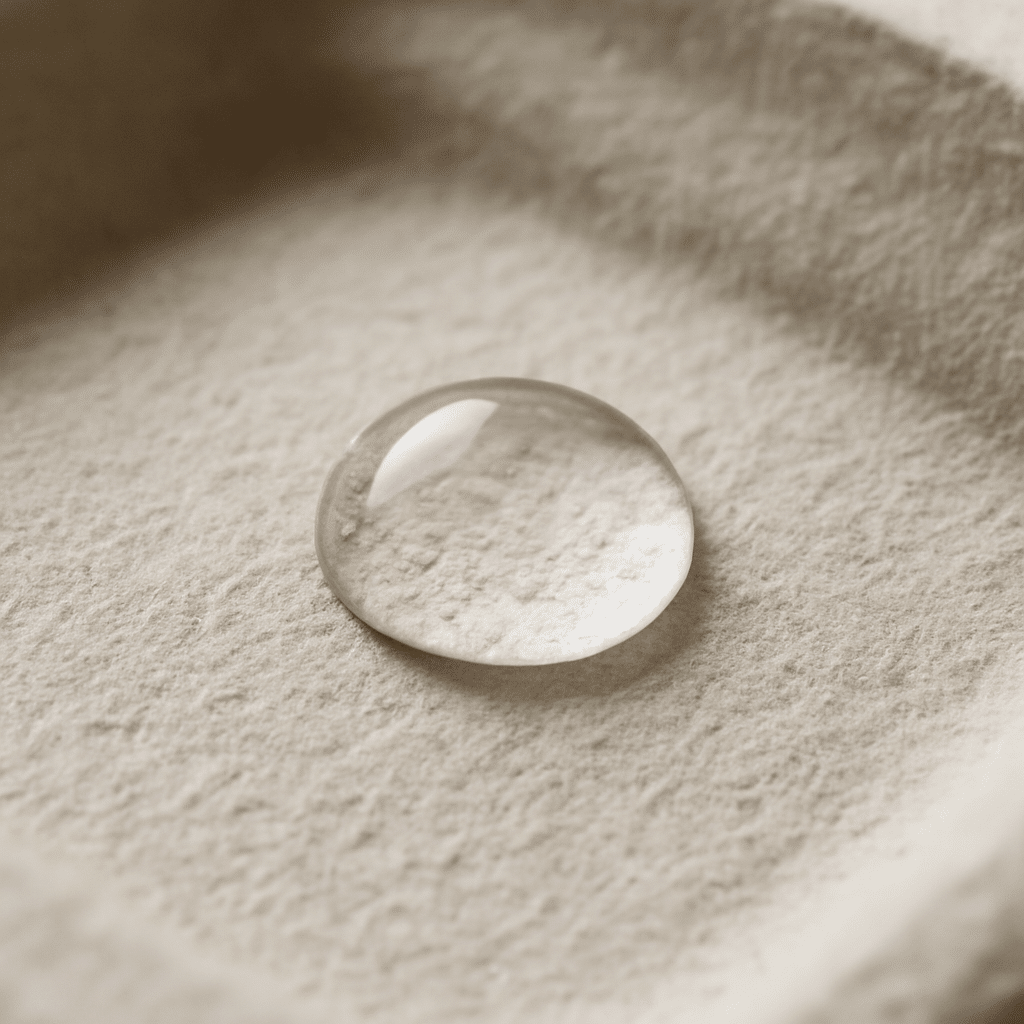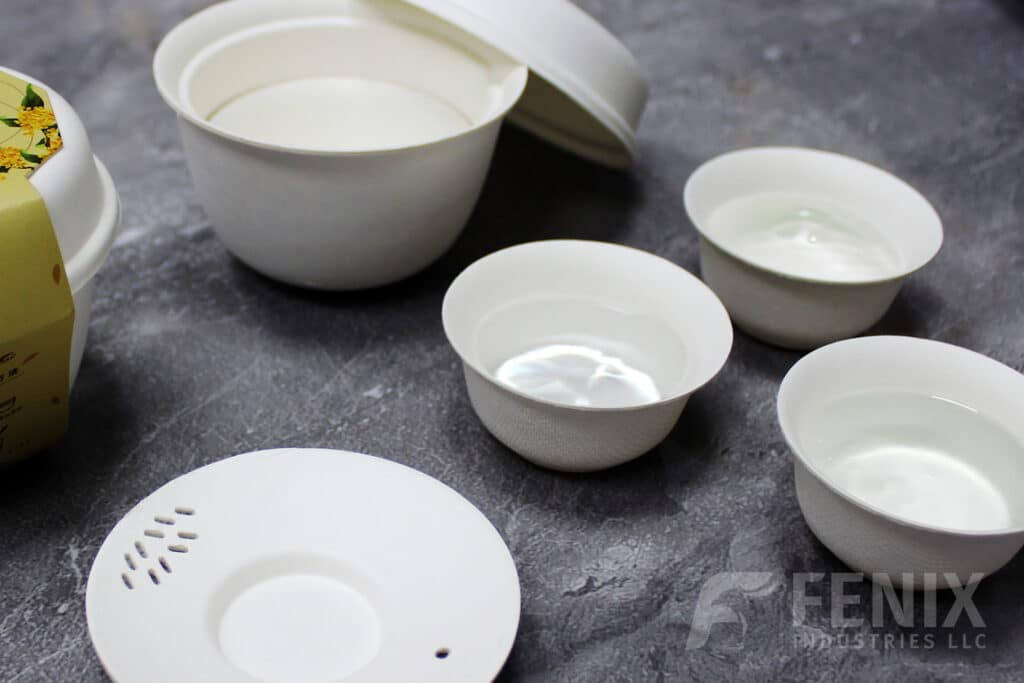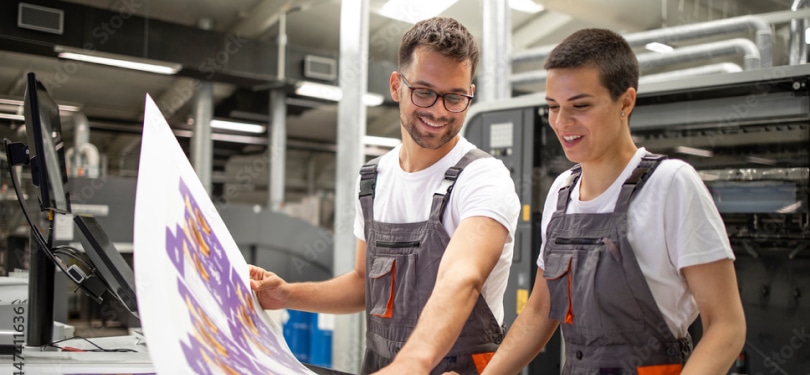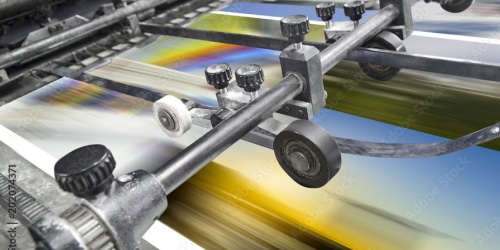- posted on
Waterproofing Molded Pulp: Options, Tradeoffs, and What Actually Works
Learn everything you need to know about molded pulp waterproofing. From AKD to mineral additives, what’s the best choice and how much water resistance does it provide?
Can Molded Pulp Packaging Withstand Water?
The short answer: it depends.
Molded pulp, by its nature, is an absorbent material—made from fibers such as sugarcane (bagasse), bamboo, and wood pulp. That means it’s not inherently waterproof. However, wet pressed molded pulp does offer a degree of natural water resistance due to the high heat and pressure applied during manufacturing. Compared to dry press, wet press products are denser and smoother, making them slightly more resistant to moisture without any additional treatment.
But for most applications—especially those involving any liquids, oils, condensation, or humidity—this natural resistance isn’t enough. That’s where waterproofing methods such as liners and additives come in.
Waterproofing Methods: Additives vs Linings vs Coatings

When it comes to waterproofing molded pulp, there are three core approaches:
1. Additives in Pulp Mixture:
Waterproofing additives are added into the pulp slurry before the product is formed. These additives can be mineral or even water-based solutions.
2. Lining or Lamination:
Applying a protective film to the pulp surface done after the product is formed. This can be done with traditional plastics like PP or bioplastics like PLA.
3. Dip Coating:
A lesser-used method of waterproofing due to its cost-efficiency, dipping the finished product into a waterproofing solution similar to what can be mixed into the pulp slurry.
Each method offers a different balance of protection, cost-effectiveness, and sustainability. In the upcoming section, we’ll dive deeper into each.
Molded Pulp Additives: Internal Waterproofing Agents
These additives are incorporated directly into the pulp during the mixing process. These create internal water resistance without adding external layers.
AKD or Alkyl Ketene Dimer (Fenix Industries’ Choice)
Fenix uses AKD as its go-to waterproofing solution. It’s a water-based, biodegradable sizing agent widely used in the paper industry. It works by modifying the fiber surface at a molecular level to repel water while maintaining recyclability and compostability.
Benefits of AKD:
-
Fully biodegradable
-
Home compostable
-
No change to appearance or texture
-
Suitable for most non-direct-liquid applications
Other Additives:
Some manufacturers explore mineral-based fillers or other hydrophobic agents. However, these may reduce compostability or recyclability, and performance varies depending on formulation.

Molded Pulp Lamination: PLA, PP, and More
For applications where higher water resistance is essential, like direct contact with liquids or foods, lining the pulp with a film is the most effective option. These ultra-thin protective layers can dramatically boost water resistance without changing the look or feel of the packaging. But while they’re functional, not all films are created equal. From plant-based bioplastics to traditional plastics, each material comes with tradeoffs in compostability, recyclability, and brand perception. Let’s break down the most common options—and when it makes sense to use them.
PLA (Polylactic Acid)
A bioplastic made from renewable materials like corn starch. Compostable in industrial facilities.
-
Offers moderate water resistance
-
Adds cost and complexity
-
Not home compostable
-
Often used in food packaging or beauty trays
PP (Polypropylene)
A petroleum-based plastic film.
-
Fully waterproof and durable
-
Not compostable or recyclable with paper
-
Can impact brand sustainability messaging
Other Films and Laminates
-
PET and PE offer strong waterproofing but are not compostable.
-
Paper-based barrier liners are emerging but are not yet widely available.
In summary: Linings are best when full waterproofing is essential, but they come at a sustainability tradeoff.
Choosing the Right Waterproofing Approach
With multiple waterproofing methods available and each one offering different benefits, limitations, and costs; the key question becomes: what’s right for your packaging? The answer depends on what you’re packing, where it’s going, and how your brand defines sustainability. Whether you’re aiming for compostability, curbside recyclability, or maximum protection, choosing the right approach early in the design phase ensures your packaging performs well without compromising your values or your budget.
To choose the right method, consider:
-
Product Sensitivity – Is direct moisture contact expected?
-
End-of-Life Goals – Should the packaging be recyclable, compostable, or landfill-safe?
-
Regulatory Requirements – Especially for food or cosmetic contact.
-
Customer Appeal – Do you want the natural pulp look, or is a liner acceptable?
-
Budget & MOQ – Linings require higher MOQs and add to cost as it typically requires separate tooling.
The Future of Waterproofing in Molded Pulp
Waterproofing for molded pulp has come a long way, but the real innovation is just getting started. As brands push for packaging that’s both high-performance and truly sustainable, researchers and material scientists are racing to develop next-gen solutions. Think recyclable coatings made from plants, compostable nano-barriers, and enzyme-triggered films that disappear after use. The future of waterproofing isn’t just about keeping water out. It’s about aligning function with circularity, and it’s evolving faster than ever.
Some promising areas include:
-
Nano-coatings made from cellulose or starch
-
Enzyme-triggered hydrophobic barriers
-
Recyclable barrier sprays
The real challenge (and opportunity) lies in creating barrier solutions that perform like plastic but behave like pulp at the end of life. The future will belong to materials that don’t force a tradeoff between function and sustainability.

Start Your Sustainable Packaging Journey with Fenix Industries
At Fenix Industries, we tailor each waterproofing solution based on your product’s needs and your brand’s sustainability goals. From dry goods to food trays, we’ve got you covered.
👉 Need help waterproofing your pulp packaging? Contact us so we can work together to find the right balance between performance, cost, and compostability.


